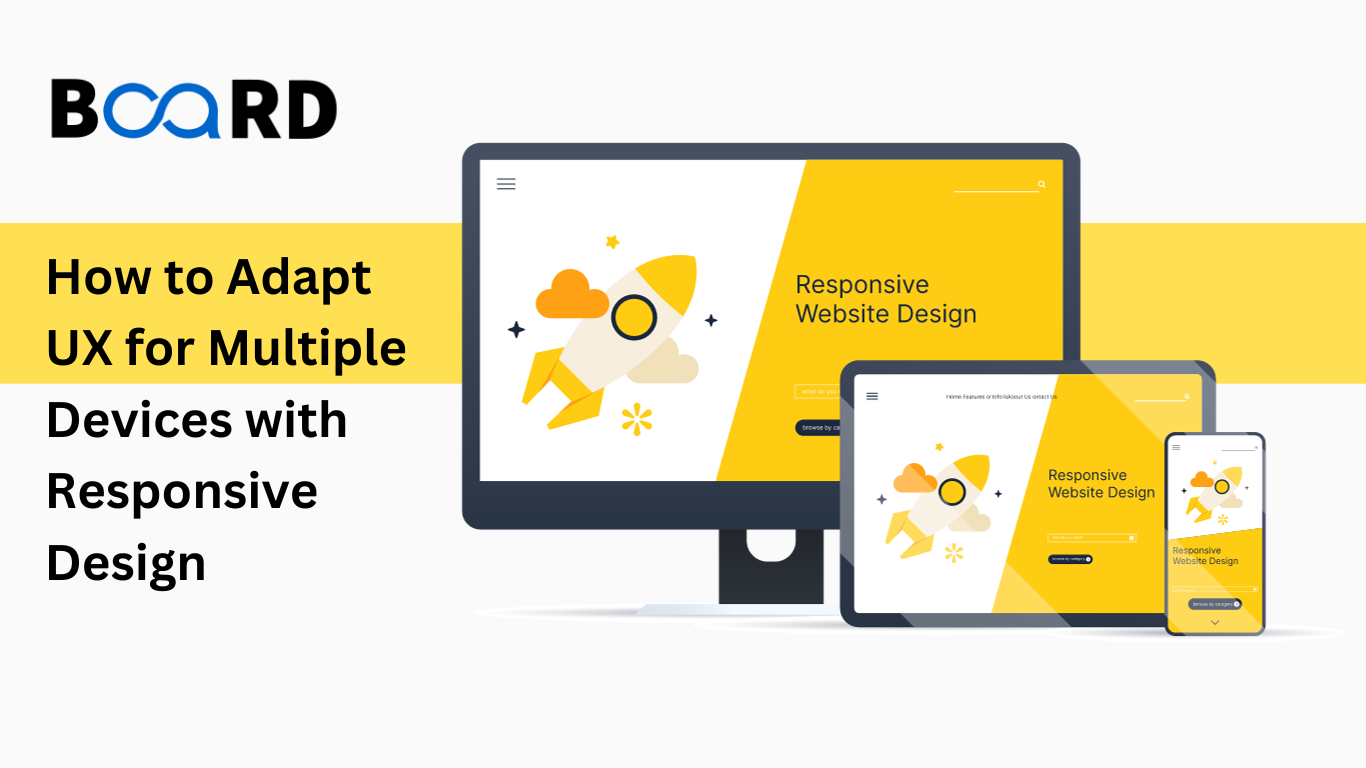
Ensuring a Seamless User Experience Across Devices
Have you ever wondered if your website visitors can enjoy a consistent user experience regardless of their device? The answer is a resounding "Yes!" Enter the world of responsive design. With this approach, your website's user experience (UX) can flawlessly adapt across smartphones, laptops, and tablets. Responsive design is not just about adjusting screen layouts; it's about tailoring aesthetics—like color palettes and fonts—to different device resolutions. The goal? A unified and delightful user interface on every screen.
Diving Deeper into Responsive Design
In today's digital landscape, responsive design has become the backbone of web design. Essentially, it ensures:
- Consistent viewing experiences from desktops to smartphones.
- A seamless user journey by leveraging fluid layouts, adaptive images, and strategic CSS media queries.
There's no shortage of online tutorials and platforms with built-in responsive design functionalities. Embracing these principles ensures that your website caters to all users, irrespective of their choice of device.
The Mobile-First Approach to Web Design
As technology evolves, mobile devices have now overshadowed desktop computers. It's essential for designers and developers to grasp the significance of this shift. Mobile-first design is not just a buzzword—it's about prioritizing mobile users. That entails:
- Optimizing for smaller screens, touch interactions, and potential slower connections.
- Boosting usability, overall user experience, performance, and even search engine rankings.
By championing this principle, designers and developers can craft experiences tailored to their audience, irrespective of the device they're on.
Crafting Designs for a Multitude of Platforms and Devices
The digital renaissance brought about by smartphones, laptops, and tablets has underscored the importance of designing for diverse platforms. Unlike the era of static websites, today's digital creators must navigate a world where each device has its own design considerations. This might sound overwhelming, but with the right tools—like Adobe XD and Sketch—and a user-centric approach, designers can create versatile and visually captivating interfaces across the board.
Why Accessibility in UX Design Matters
In the vast domain of UX design, accessibility stands out as a cornerstone. At its heart, accessibility is about inclusivity, ensuring everyone, regardless of their physical or cognitive abilities, can interact with products. This is not merely a noble goal—it's often a legal imperative. Key aspects include:
- Adhering to standards like color contrast, screen reader compatibility, and keyboard navigation.
- Prioritizing it early in the UX design process, as research by Eleken suggests.
In an ever-changing digital world, designers need to blend modern design approaches with accessibility principles. The result? Websites that resonate with a broader audience and ensure satisfaction across the board.
Concluding Thoughts
Navigating the ever-evolving realm of design requires understanding and embracing cutting-edge methodologies. Responsive design is paramount in this toolkit. With tools and techniques like media queries, mobile-first principles, and accessibility in their arsenal, designers are better equipped to craft websites that not only look exquisite on any screen but also promise exceptional user experiences every time.
